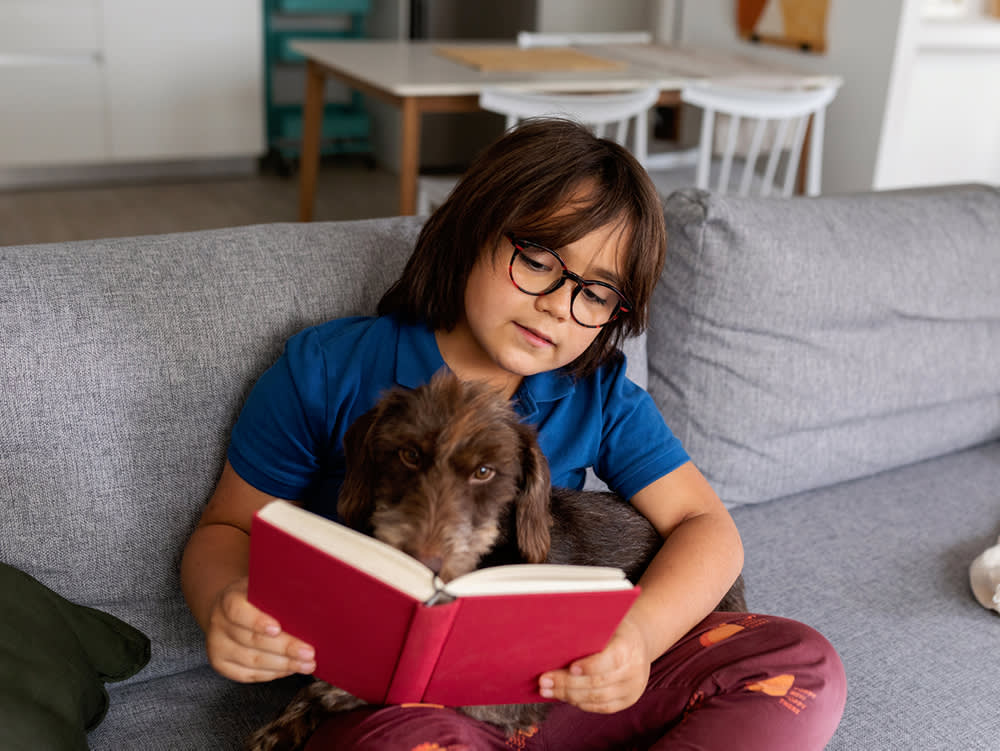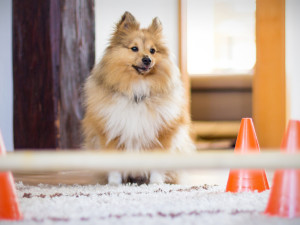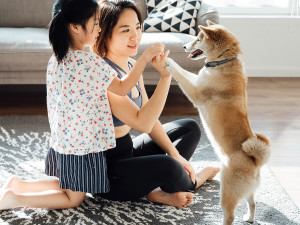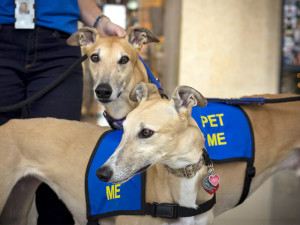What Happens When Kids Read Books With Dogs
Spoiler alert: it’s more than just cute.
Dogs, kids, and books. Try to find a more adorable combination — I dare you. On top of the cuteness factor, giving a kid a book to read and a pup to hang out with has generally been understood to be beneficial to the learning process. But until recently, there hasn’t been much data about how dogs actually help.
That is until a study entitled “Minor Immediate Effects of a Dog on Children’s Reading Performance and Physiologyopens in new tab" tested the effects of dogs on kids who are learning to read. The project found that (surprise, surprise) dogs have a positive impact, and that it is largely due to the effect of pups on psychological factors.
Save on the litter with color-changing tech that helps you better care for your cat.
Austrian children who were nine to ten years old and reading at below average levels participated in this study. Each child was involved in two videotaped reading sessions — one with a dog and one without. All of the dogs were previously certified as school visitation dogs and regularly interacted with kids in the school setting.
The children’s heart rates and heart rate variability were measured as an assessment of stress and excitement, and levels of salivary cortisol were measured multiple times during each session. The quantity of various actions by the children were measured with videotape analysis. Behaviors of interest were those indicating nervousness such as coughing, throat clearing, jiggling the foot or leg, and playing with or fumbling with objects. The amount of time children spent talking or engaged in self-manipulation (such as scratching) was also recorded.
In the comprehension tests, reading performance was similar for children regardless of whether a dog was present. However, in a repeated reading (RR) test, the dog was a factor. For this test, children read a passage of text with the instruction to read as fast as they could while making as few errors as possible. They then had an opportunity to review words that gave them trouble and practice those words before reading the passage again. When children had a dog present in their first session, they did better on the repeated reading test. There was no such effect without a dog present or when the dog was present in the second session, suggesting that in the new situation of an experimental reading test, the dog’s presence offered some benefit. The advantage of a dog’s presence may be due to an increase in arousal and motivation that positively impacted children’s reading performance.
Most theories about dogs helping young readers assume that the mechanism is a calming effect, including a decrease in their anxiety. This study suggests that increased arousal, which may add to children’s motivation to read, might be at play. The subjects of this study were children who had problems with reading, but most studies have involved children whose reading skills were average, so that could be a factor in the findings. As the authors note, studying children over additional sessions would be more likely to reveal long term differences in reading progress.
Want to learn more about reading with dogs? Here are some helpful resources:
Intermountain Therapy Animalsopens in new tab Reading Education Assistance Dogs (READ) was one of the first to use “reading dogs” in the classroom.
The Good Dog Foundationopens in new tab added the READ Reading dogs program to its offerings, using dogs to help at-risk children improve their reading skills.
Helping Paws BARKSopens in new tab also offers a canine reading assistance program to local schools, libraries, and adults needing to learn to read and speak again.
Sit Stay Read! Inc.opens in new tab seeks to advance children’s literacy skills using an engaging curriculum, certified dogs, and dedicated volunteers.










